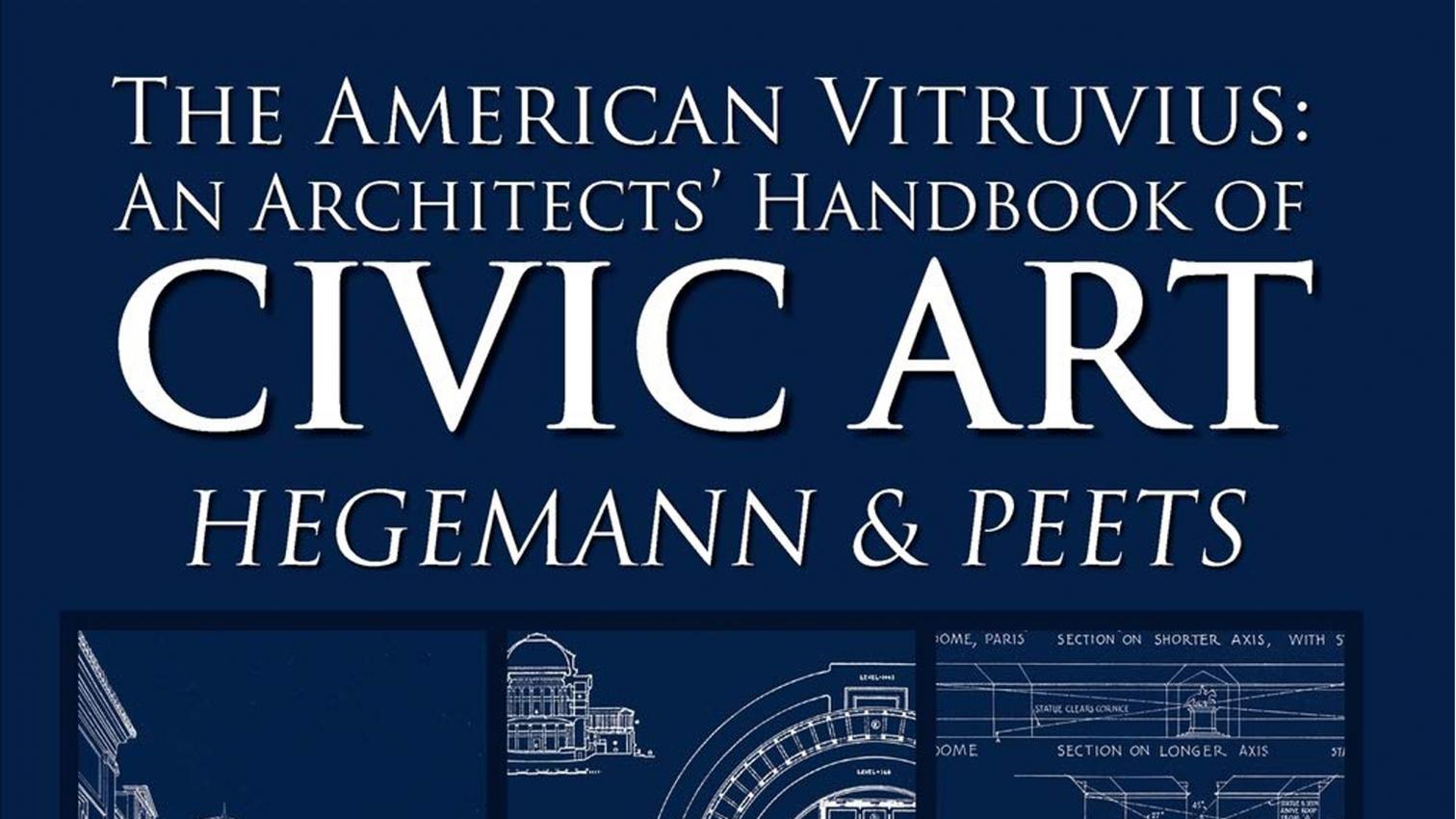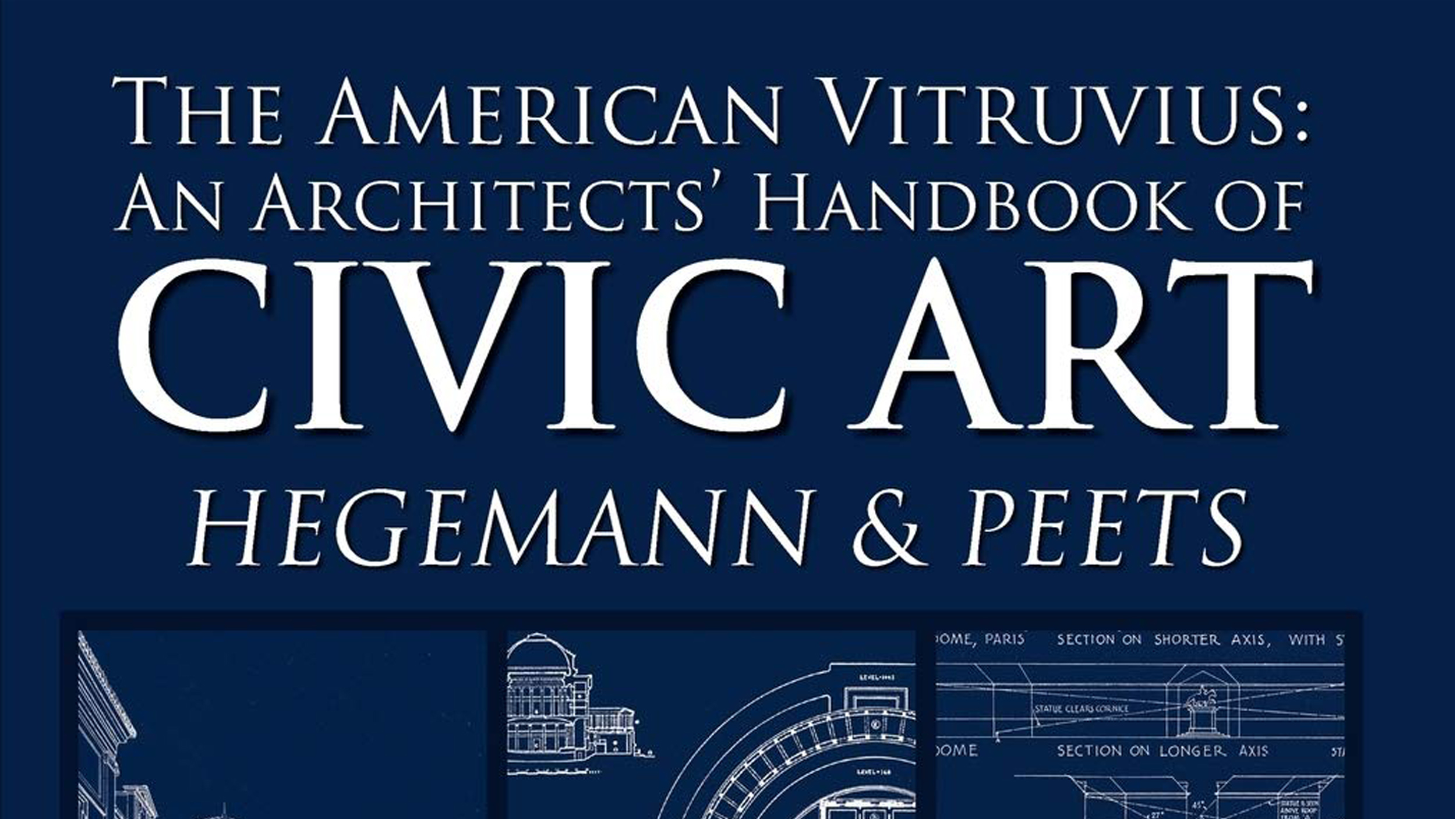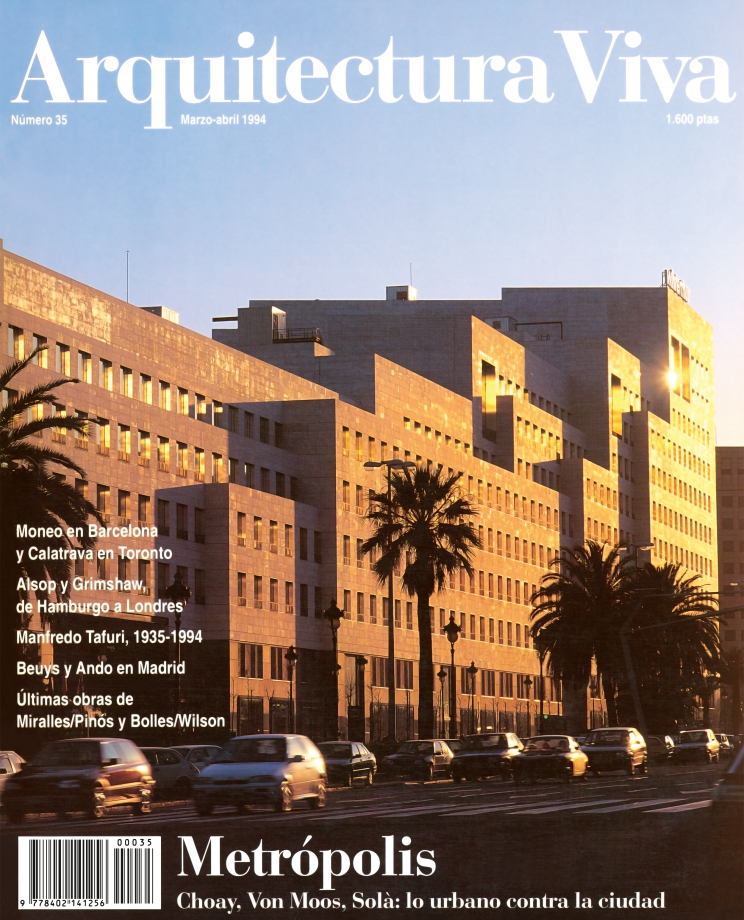
There are two ways to republish old, somewhat outdated treatises. One is to do so modestly, in an inexpensive edition that makes them affordable for students. Another is to reproduce them in conditions similar to those of the original, which usually makes them expensive items, available only to capricious collectors with deep pockets or institutional libraries.
The latter approach has been chosen by the Caja de Arquitectos Foundation to publish the first Spanish version of the last treatise conceived in the old style: El Vitruvio americano: manual de arte civil para el arquitecto (The American Vitruvius: A Manual of Civil Art for the Architect), by Werner Hegemann and Elbert Peets, originally published in 1922.
Making direct reference to Colen Campbell's Vitruvius Britannicus, published in 1717, this book is a historicist and classical treatise written by a German scholar with encyclopedic knowledge who had moved to the United States in the early 20th century.
Its influence has been limited essentially to the Anglo-Saxon world, partly because its academic approaches soon became outdated in the face of the avalanche of urban planning based on the principles of the Modern Movement, developed mainly in continental Europe. In fact, shortly after the publication of Hegemann's Vitruvius, some of the fundamental works for the conception of the modern city appeared.
As Ignasi de Solà-Morales explains in the prologue, Werner Hegemann drew inspiration from, on the one hand, the renowned and accepted teachings of Camillo Sitte; on the other, the compositional tradition of the École des Beaux-Arts; and, finally, the American experience of new cities, especially the positions of the City Beautiful movement. It is therefore understandable that this book was reborn in the late 1970s and early 1980s, in parallel with the dissemination and success of the ideas of Maurice Culot and Leon Krier on the reconstruction of the European city (Krier himself wrote the prologue to the 1988 English reissue).
This is, therefore, the last Vitruvius, a book that summarizes practically the entirety of urban design (called ‘civil art’ in this case) up to the early 20th century; a book that should be placed on the shelf next to the authentic Vitruvius, Palladio, or Ledoux... even if it is expensive.






